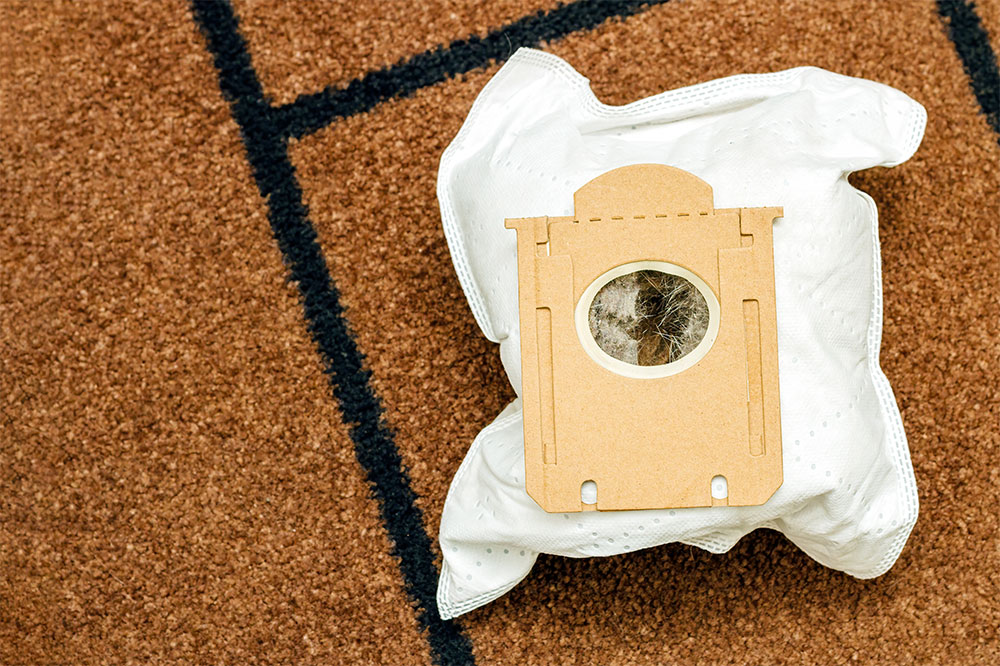7 Mistakes to Avoid When Signing Up for Medicare

Medicare is a federal health insurance program for people who are 65 or older. It is also meant for individuals with disabilities or end-stage renal disease. So registering for the program could help cover various healthcare costs if and when required. However, one could overlook key details when signing up for Medicare, and the amount they pay may exceed the benefits. So, here are a few common Medicare mistakes to avoid during enrollment:
Not signing up on time
Delaying signing up for Medicare can slow down the entire process. When approaching age 65, one should enroll during the initial enrollment period (IEP). The seven-month enrollment timeframe includes three months before one turns 65 and three months after. If one does not sign up during the IEP, they will get another opportunity to do so during Medicare’s annual general enrollment period (January 1 to March 31 each year). But given the late registration, the monthly premium for Medicare Part B, which covers doctor visits and other outpatient services, may cost more. So, those who sign up during the general enrollment period may incur a late fee.
Not considering out-of-pocket costs
Although Medicare usually covers a large portion of healthcare costs for those enrolled in the program, there are certain expenses that one might have to cover themselves. So, it is better to be prepared for these out-of-pocket costs to avoid surprises when healthcare expenses are due. A few elements of Medicare that one should consider include monthly premiums, deductibles, copayments, and coinsurance.
Missing the special enrollment period
Those aged 65 or older may lose their health insurance coverage when they stop working. The coverage may also lapse when the insurance one has through their spouse concludes. When one finds themselves in this situation, they usually need to sign up for Medicare under the Special Enrollment Period (SEP), which does not involve a penalty. However, most people are unaware that they can sign up under the SEP period only when they are covered by job-based insurance or for eight months following the end of such insurance. So, one should remember to sign up for Medicare within this timeframe if they have undergone major life changes.
Not enrolling in Part D prescription plan
Policyholders often neglect to enroll in the Part D plan along with Original Medicare. However, if they do not have creditable prescription coverage for more than 62 days and decide to get Part D coverage later, they will have to pay a penalty in the form of higher premiums. The additional amount will continue for the entire time they are covered by the Medicare program. So one should ensure that they enroll in Medicare Part D when signing up for Original Medicare (Parts A and B). Further, enrolling within the specified period could help one get benefits under the Medigap policy, which covers expenses not included under original Medicare (deductibles, copayments, and coinsurance). If one misses the enrollment window, the health plan may reject their application or charge a higher premium for potential health problems.
Assuming the spouse is also covered
Many assume that their Medicare plan also covers their spouse. However, this misconception may cost one a lot of money in the long run. The health insurance program does not cover the entire family and is only applicable to an individual enrolling for Medicare. If the eligible member has paid their dues in the workforce for at least 10 years, their spouse will qualify for Part A when they reach the age of 65. However, if the spouse is not 65, they may have to look for other coverage options, such as a COBRA plan, a policy offered on the Health Insurance Marketplace, or coverage offered by the employer. This is irrespective of whether the spouse receives spousal Social Security benefits. If the spouse has not turned 65, they may qualify under special circumstances as described by the federal agency.
Choosing out-of-network providers with Medicare Advantage
Medicare Advantage plans come with a list of in-network providers. So, before signing up for Medicare Advantage plans, one should check if their preferred doctor or healthcare network is part of the insurance network. One should carefully understand the different types of plans available. Health maintenance organizations (HMOs) require referrals to specialists and depend on primary care physicians to coordinate patient care. The other type is preferred provider organizations (PPOs), which offer a network of hospitals, doctors, and healthcare facilities that contract with a plan to provide services. One should note that the costs are lowest when one uses in-network providers and facilities, irrespective of the selected plan. One should also confirm the charges with the provider for choosing an out-of-network provider to make a more informed decision.
Assuming Medicare is unaffordable
Many with limited income can be under the impression that they cannot afford to pay for Medicare. However, they could be eligible to sign up for a couple of programs that may offer financial assistance for healthcare. These programs include:
- Medicare savings programs (MSPs): These programs may assist with making monthly Part B premium payments and sharing Medicare costs. The assistance depends on the Medicare Savings Program, which is divided into three types. One should check the State Health Insurance Assistance Program (SHIP) website to check if they are eligible for financial assistance under an MSP.
- Extra Help: This is a federal program that offers assistance in covering some or most costs associated with the Medicare Part D prescription plan. Those looking for help should get in touch with the Social Security Administration to assess if they qualify for Extra Help and submit the application.
- State pharmaceutical assistance programs (SPAPs): Those who need to pay for prescriptions could be eligible for assistance under SPAPs. One should contact the SHIP to know if there is an SPAP in their state and if they qualify for the program.







